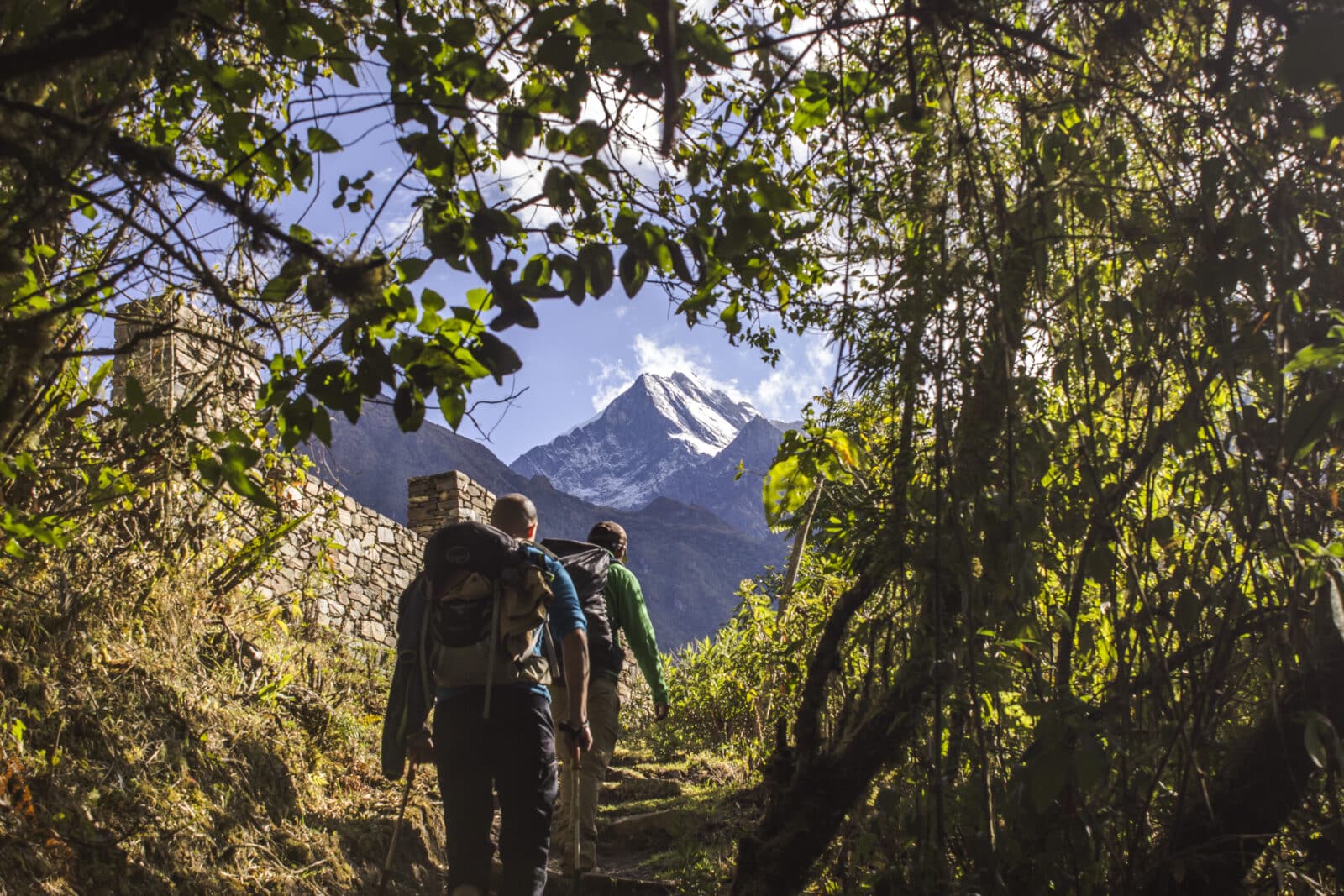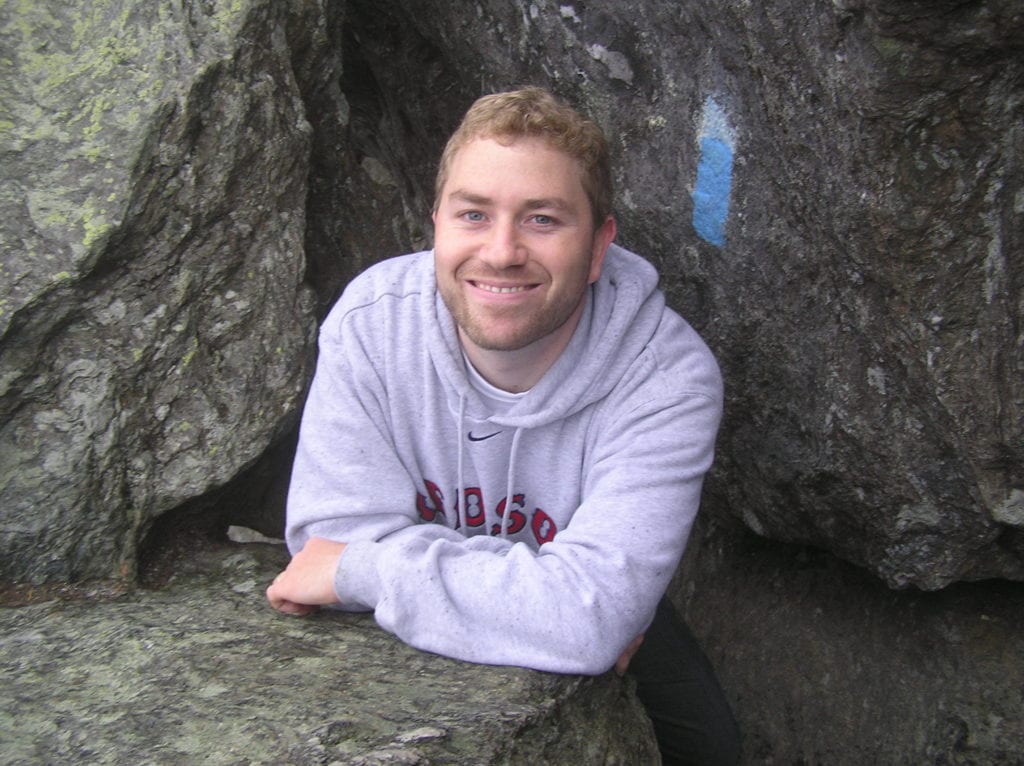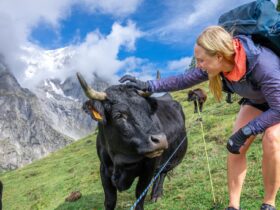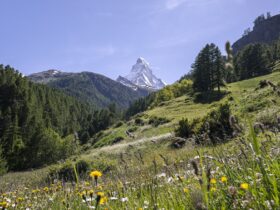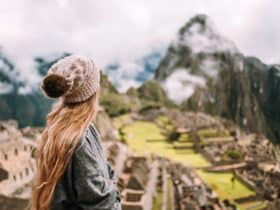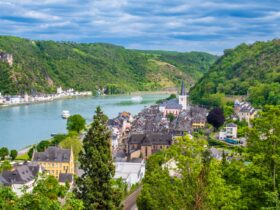The early bus to Machu Picchu doesn’t leave until six a.m., but the line for this coveted early ride starts forming soon after midnight. Determined visitors line up with good reason: By mid-morning, the fabled “Lost City of the Incas” is so crowded with tourists that it feels less like a wonder of the ancient world and more like an Inca theme park.
That’s not Machu Picchu’s fault, of course. The dramatic sweep of terraces and walls perched 8,000 feet above Peru’s Urubamba River Valley is suitably impressive, the stuff of travel posters and TikTok videos come to life. From afar, it’s just as spectacular as you might imagine.
But up close?
The paths are crowded. The buses are always running. There’s even Wi-Fi and an app for your phone. Without question, Machu Picchu is a staggering achievement to behold. But these days, at least in my opinion, it’s also a noisy and overrun tourist trap.
Another ancient ruin is the real ‘Lost City of the Incas’
To be fair, I had mixed feelings about visiting Machu Picchu even before I arrived in Peru. On one hand, how could I not go? I’m a history nut. I’ve read extensively about the Inca empire. I’ve explored ancient ruins all over the world. On the other hand, is there a landmark anywhere in South America more photographed or imprinted in the collective imagination than this ancient citadel?
A part of me felt like I’d already been there without setting foot on the trail, which is why I decided to combine my visit to Machu Picchu with a trek to a different Inca site in Peru—one that’s less known, harder to reach, and perched even higher in the Andes.
At nearly 10,000 feet, Choquequirao (pronounced “cho-kay-kee-rao”) is every bit as dramatic as Machu Picchu. Rediscovered by explorer Hiram Bingham on one of the early expeditions that also brought him to Machu Picchu, Choquequirao remains far more remote and difficult to reach in today’s world. Getting to the ruins requires two full days of trekking from the village of San Pedro de Cachora followed by another few days on rugged mountain trails before reconnecting with civilization. There are no shortcuts. No hotels, either. This is a camping-and-trekking vacation through and through.
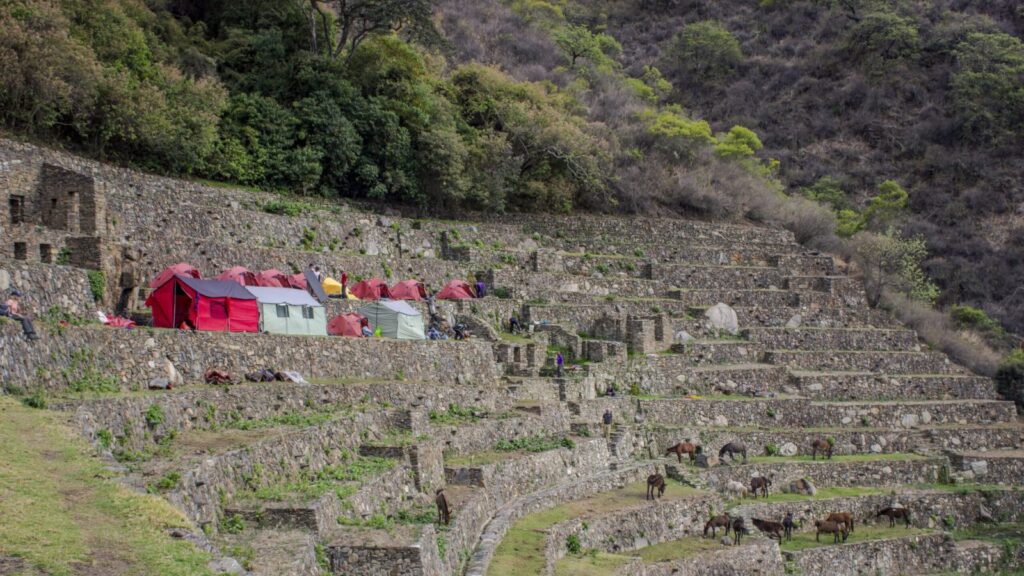
“This Choquequirao trek is three times harder than the Inca Trail to Machu Picchu,” explained my guide from G Adventures on the first day of my trip. “Maybe five times harder.” I thought he might be exaggerating. He wasn’t. “You finish this journey either on your feet or on a stretcher,” he added.
In recent years, G Adventures and most other tour operators have put together a shorter, more direct out-and-back-style Choquequirao trek that can be done in about four days. On the G Adventures route I joined, however, the trek stretched nearly 100 miles across eight grueling days and seven chilly nights, finishing via the famed Salcantay trek route. At its highest, the trail climbed to almost 14,000 feet.
But here’s the thing: No matter how you get there, Choquequirao is worth the effort. Snow-blanketed peaks rise in every direction. Condors circle overhead. With each step—uphill, downhill, but almost never flat—you feel the Andes working their way under your skin. And when you finally arrive at Choquequirao, suddenly every drop of sweat feels worth it. There are no throngs of visitors. No “do not cross” ropes. Just a lost Inca city slowly being reclaimed from the jungle and time.
A secret on the cusp of rediscovery
Choquequirao is a little smaller than its more famous sibling, and much of it still lies under vegetation. With only about 40 percent of the site excavated by archeologists, the ruins feel much the same way that I imagine Machu Picchu must have felt before it became a world-famous tourism draw: mysterious, quiet, astonishing.
Situated atop a virtually untouched mountain peak, Choquequirao’s ancient terraces are reminiscent of that other “lost city,” and it’s easy to pick out the remains of Inca buildings, fountains, canals, and even aqueducts. My visit also included lots of time for exploration on my own. I spotted white stone llamas built into the intricate masonry, and while picking through overgrown patches of brush I stumbled upon countless more terraces and walls not yet cleared away. For me, that unfinished quality only made the experience more extraordinary.
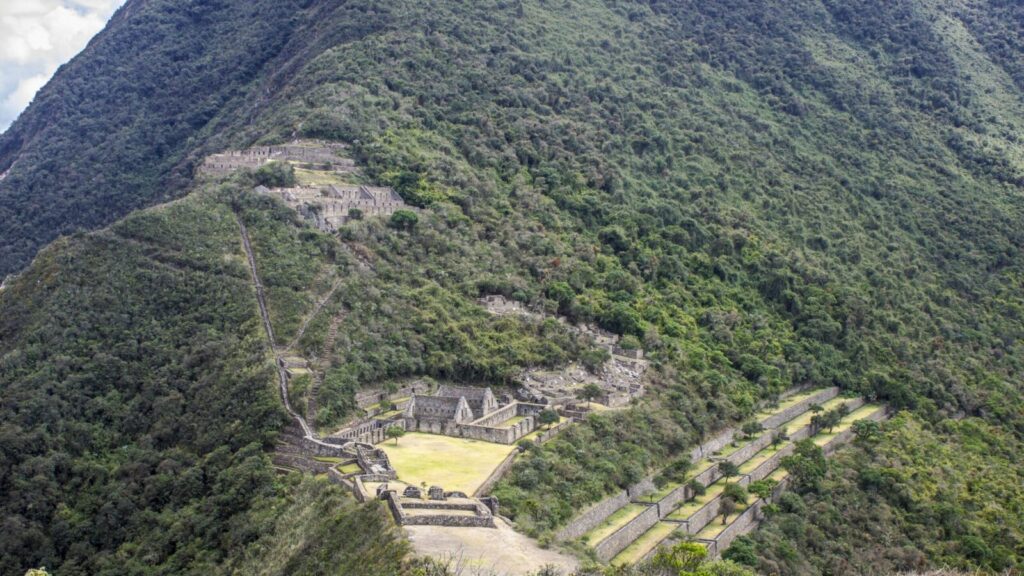
Unfortunately, Choquequirao won’t stay this way forever. To spread tourism beyond Machu Picchu, the Peruvian government has proposed a cable car to Choquequirao and is rebuilding parts of an old Inca trail connecting the two cities. In a few years, the strenuous multi-day trek is likely to be replaced by a 20-minute aerial tramway. Excavation and restoration efforts are expanding as well.
“Not long ago, you’d see maybe one group a month out here,” my guide told me. “Now it’s one or two groups a day. In a few years … ” He didn’t need to finish. In a few years, Choquequirao will soon look a lot like Machu Picchu, tourists and all.
Enjoy it now, while you still can
Whether that’s good news or bad depends on your perspective. If you ask me, now is the time to go. The Choquequirao trek is considered a challenging route, but anyone with reasonable fitness and determination can push through. The real challenge is convincing yourself to keep climbing when your legs (and lungs) beg you to stop.
But when the payoff is a chance to see a legendary Inca site before it’s overrun by tourism, to me that seems like a pretty fair trade.
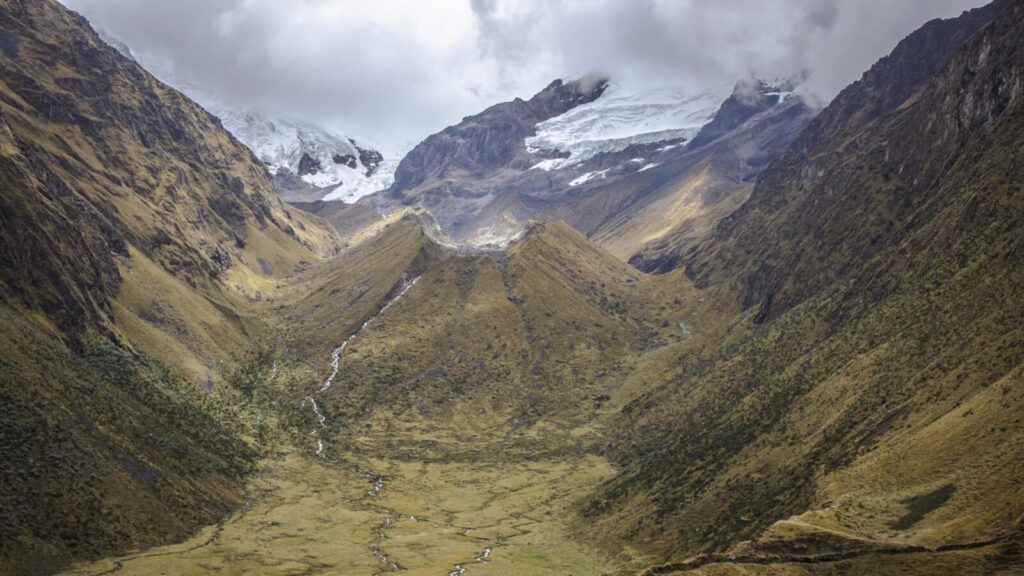
If you go…
G Adventures offers two versions of the Choquequirao trek. The six-day Choquequirao to Machu Picchu Express is most similar to the version of the trek I completed. While it skips the Salcantay route extension, it still culminates with a bus ride to Machu Picchu, allowing you to take in both Inca ruins in a single trip. A shorter Choquequirao-only route is also available and a good choice for anyone who has already visited Machu Picchu.



